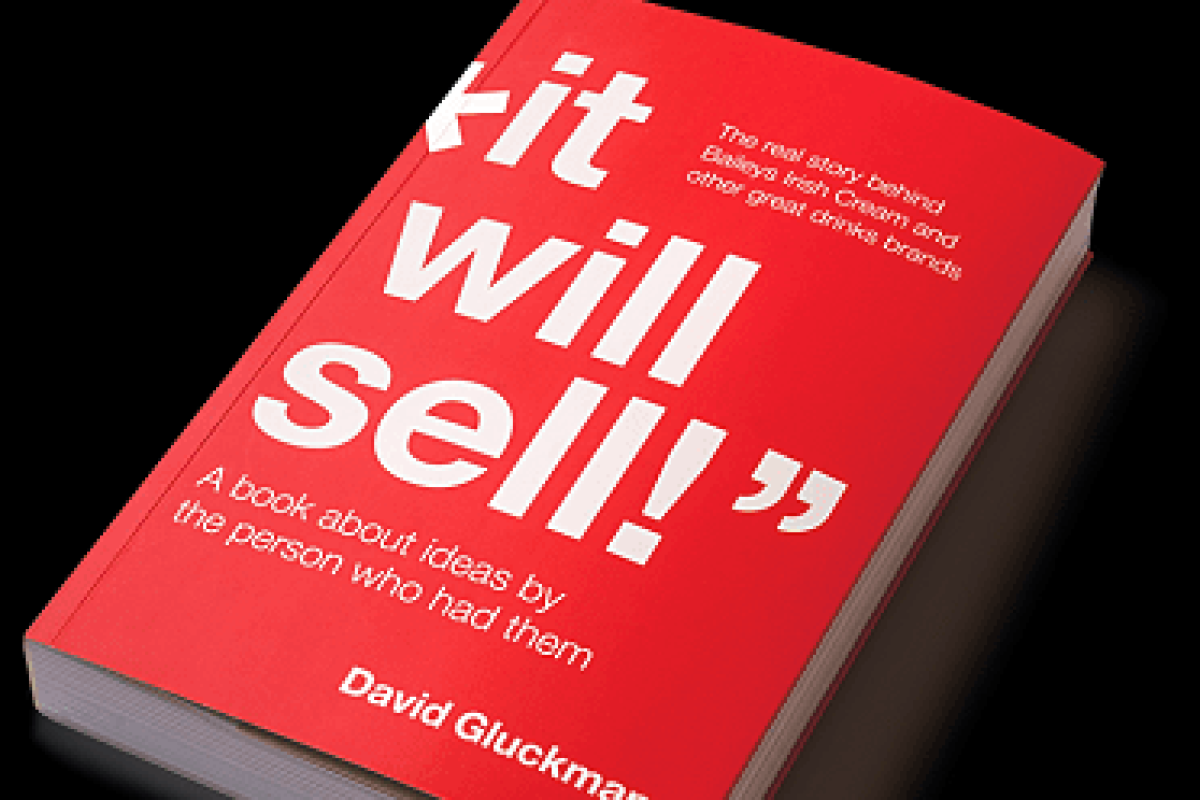Despite the slightly off-putting title of this book, I was fascinated by the abstract which suggested that it would provide insights on how some of the great drinks brands of the last 45 years were created.
All of the brands that are covered within the book were a part of IDV’s product portfolio. IDV later went on to become Diageo which is one of the largest drinks companies in the world. The product development team at IDV as we later find out were a very talented team who had a lot of fun in their jobs and were partial to the odd boozy lunch. Although not all of the products they launched could be considered as successful, they were incredibly consistent with the product quality and innovation.
We get to learn about the ideas that led to the emergence of successful brands such as Baileys Irish Cream and Guinness but there is also substantial coverage of the brands that were not successful. In many ways, the reasons why some of these drinks brands did not achieve the success that was anticipated was more insightful than why certain brands in IDV’s portfolio were successful. The author should be applauded for not just focusing on the successful stories and being honest about why some of the brands were ultimately failures.
What struck me about the drinks brands that did not achieve success is that they were too complex in taste and it wasn’t always clear exactly who the target market was. It felt that some of the concepts and ideas were over-engineered and in the process they lost some of the simplicity which could have resulted in a different outcome.
With regards to taste, it was often the case that some of the drinks brands were successful in one specific market but did not have mass appeal at a global scale. This made me wonder how difficult it must be to develop a drink that appeals to various cultural tastes across the world. There are of course always some exceptions and this was very much the case with Baileys and Guinness.
A fascinating insight into Baileys Irish Cream is that the findings from the market research that was conducted suggested that the brand tasted like Kaolin & Morphine and was a bit ‘girly’. If the author and his colleagues had paid close attention to these findings, they may have had some doubts about the product. Instead they followed their intuition and sold the idea to Gilbeys of Ireland. Around 48 million bottles of Baileys Irish Cream was sold in 1984 and it went on to become a huge global success.
This leads on quite nicely to one of the author’s observations that market research has become a crutch to modern marketers when they need to make decisions. An over-reliance on findings from market research does not guarantee a successful product launch and there needs to be a balance with creativity and intuition. This certainly holds true in marketing today where there is the risk of becoming so reliant on data and technology that we lose sight of the fact that marketing remains both an art and a science.
Another observation that really resonated with me is the idea that you have one solution to one brief. One of the reasons why Baileys Irish Cream was so successful can be attributed to there being only one solution that was presented which the author and his colleagues whole heartedly believed in. It is a very pertinent thought as quite often I have worked on client briefs where there has been a request to receive multiple solutions and different scenarios. Is this really the optimal way of working on a brief and should one be more challenging when such briefs are received? It certainly made me think about that in greater depth.
If you work in the drinks industry or simply want to gain insights on the ideas that led to some great product innovation, this is a book that you should invest the time to read.
By Lloyd Emeka
